Jamaican Music Genres That Changed the World
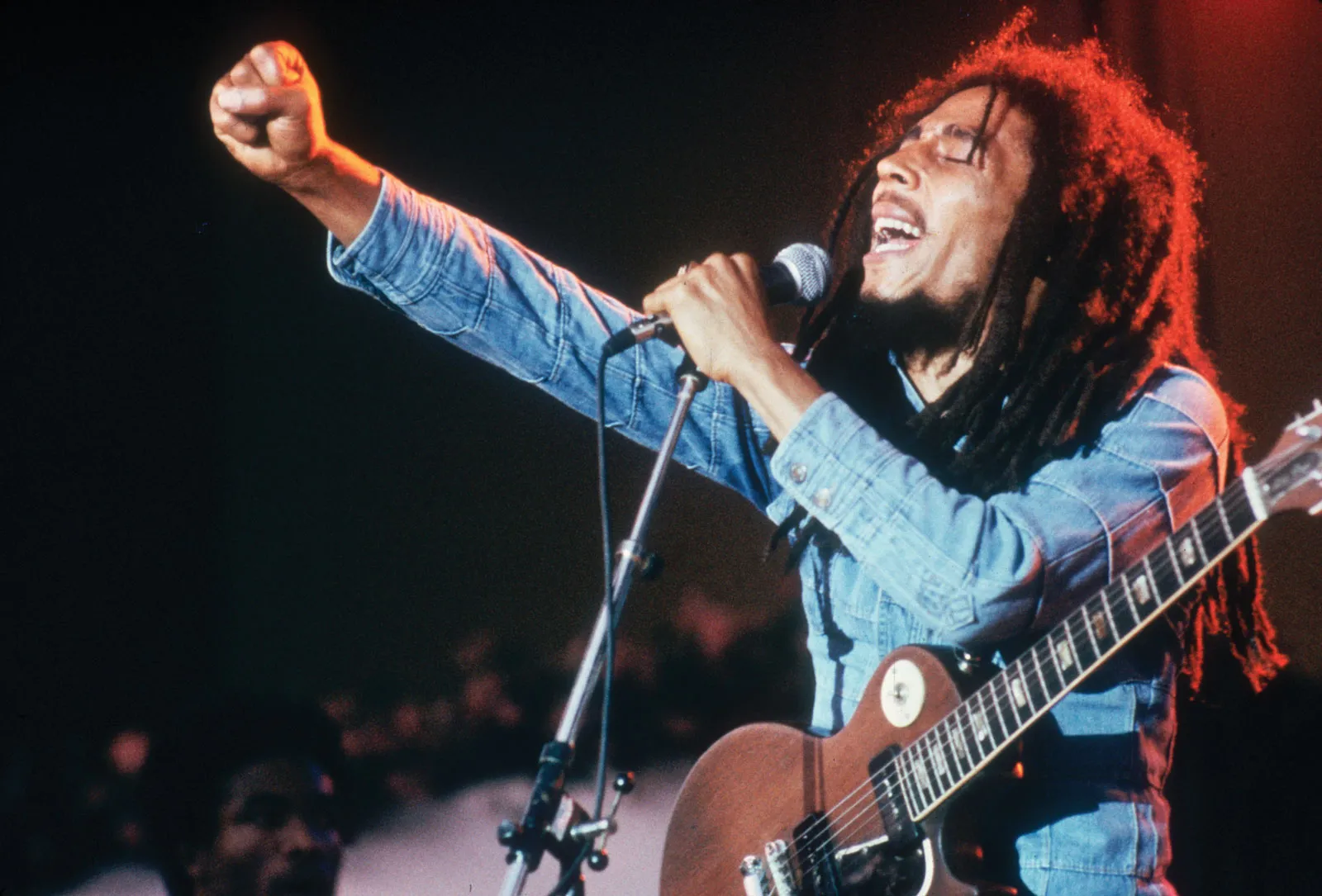
Curious about Jamaican music genres?
You’ve come to the right place!
It’s definitely hard to imagine Jamaica without its incredible music. And over time, Jamaican music have earned worldwide recognition—because it’s truly one-of-a-kind.
There’s something special about the sounds that come from this island. Each Jamaican music genre tells its own story and has shaped the culture while continuing to influence music worldwide.
Whether you’re a music lover or just curious about Jamaica’s music genre, this article has you covered.
If you’re planning to visit Jamaica and want to learn about its music genres, this guide is here to help you discover them.
Whatever brings you here, this article will help you to discover music genres with Jamaican origins.
Jamaican Music Genres
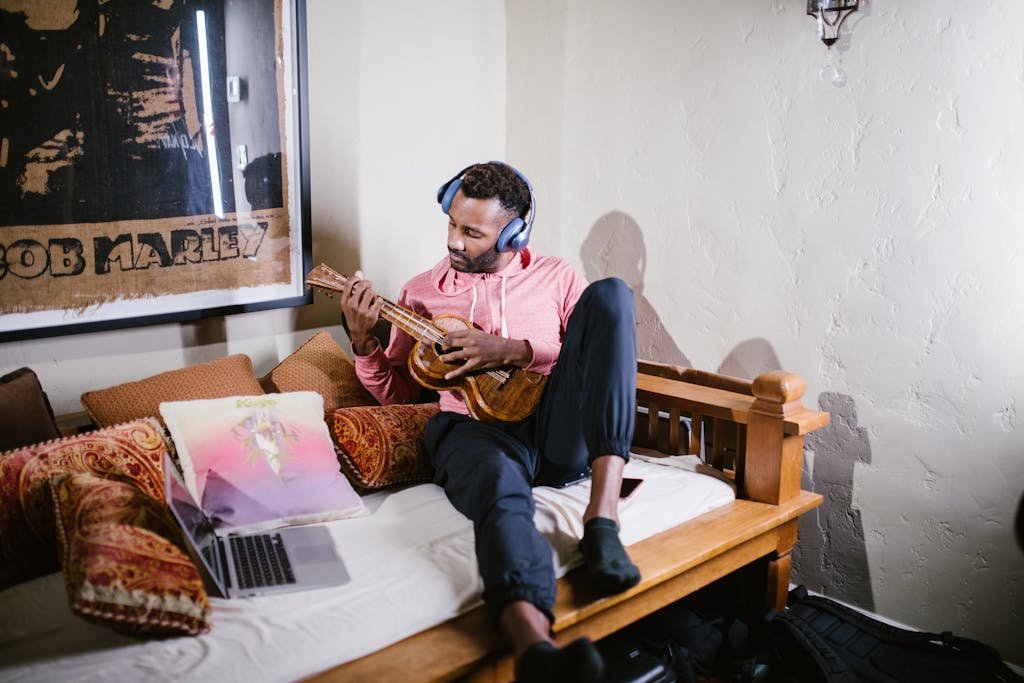
Jamaica is known for creating several iconic music genres that have shaped and influenced artists and styles around the world.
The six major Jamaican music genres are mento, ska, rocksteady, reggae, dub, and dancehall.
💡After reading, be sure to check out the FAQs section below for answers to common questions about Jamaican music genres.
Below, you’ll find the Jamaican music genres, where you can learn more about them and listen to examples of each:
1. Reggae
Reggae is a music genre that originated in Jamaica during the late 1960s. It evolved from earlier styles like ska and rocksteady, incorporating elements of rhythm and blues, jazz, mento, and calypso.
Reggae is characterized by its offbeat rhythms, staccato chords played by guitar or piano, and a slower tempo compared to its predecessors. The bass guitar often plays a dominant role, providing a thick and heavy sound. Vocals are commonly delivered in Jamaican Patois, English, and Iyaric dialects.
Lyrically, reggae often addresses social issues, political commentary, and themes of love and spirituality. The genre gained international prominence through artists like Bob Marley and has influenced various music styles worldwide. His hits like “No Woman, No Cry” and “One Love” remain timeless classics that continue to inspire people around the world. Other influential musicians include Gregory Isaacs, Peter Tosh, Jimmy Cliff, and Bunny Wailer.
Today, modern artists like Chronixx and Protoje are keeping the reggae tradition alive. They bring a fresh twist to the genre by blending it with contemporary sounds. Similarly, Bob Marley’s sons—Ziggy Marley, Stephen Marley, and Damian Marley—continue to honor their father’s legacy through their music and messages of unity and love.
Reggae lovers can attend Reggae Sumfest in Montego Bay, Jamaica for world-class performances.
2. Ska
Ska is a lively music genre that originated in Jamaica in the late 1950s. It came before rocksteady and reggae. It blends elements of Caribbean mento and calypso with American jazz and rhythm and blues.
Ska is characterized by a walking bass line accented with rhythms on the offbeat, often referred to as the ‘ska beat.’ This upbeat tempo and rhythmic emphasis (“skanking”) create a danceable and energetic sound. The genre gained popularity in Jamaica during the early 1960s and later influenced music scenes in the United Kingdom and the United States.
Several artists have been key figures in the ska genre, especially during its early years in Jamaica. Some of the most notable include The Skatalites, Prince Buster, Desmond Dekker and Toots and the Maytals.
For those interested in ska music, the London International Ska Festival is a great event. Established in 1988, this festival celebrates ska and its evolution through rocksteady, reggae, dub, 2 Tone, and beyond. It takes place annually over the Easter weekend and features a lineup of artists and events dedicated to ska music.
3. Rocksteady
Rocksteady is a Jamaican music genre that emerged around 1966, serving as a bridge between ska and reggae. Characterized by a slower tempo than ska, rocksteady emphasizes offbeat rhythms, prominent bass lines, and soulful vocals. This style allowed musicians to explore more complex bass patterns and vocal harmonies, leading to a richer sound.
Notable artists in the rocksteady era include Alton Ellis, often referred to as the “Godfather of Rocksteady,” and groups like The Paragons and The Techniques. Although its peak lasted only a couple of years, rocksteady laid the foundation for the development of reggae music.
4. Dub
Dub is a subgenre of reggae music that originated in Jamaica during the late 1960s and early 1970s. It involves remixing existing recordings to create instrumental versions, emphasizing drum and bass lines, and incorporating studio effects like echo and reverb.
Pioneering figures such as King Tubby and Lee “Scratch” Perry played crucial roles in developing dub, using innovative techniques to manipulate sound and create new textures. Dub has significantly influenced various music genres, including hip-hop, electronic dance music, and punk, by introducing remix culture and sound manipulation practices.
5. Mento
Mento is a traditional Jamaican folk music genre that emerged in the early 20th century, predating and influencing later styles like ska and reggae. It blends African and European musical elements, featuring acoustic instruments such as acoustic guitar, banjo, hand drums, and the rhumba box—a large mbira-shaped instrument that provides the bassline.
Mento is characterized by its lighthearted lyrics, often infused with humor and social commentary, and upbeat, syncopated rhythms. The genre gained peak popularity in the 1940s and 1950s, with artists like Lord Flea, Count Lasher and The Jolly Boys contributing to its prominence. It remains a distinct and culturally significant foundation within Jamaican music history.
For those interested in mento, the Portland Jerk Festival in Jamaica often features live performances of mento.
6. Dancehall
Dancehall is a vibrant genre of Jamaican popular music that emerged in the late 1970s. Initially, it presented a more stripped-down version of reggae, focusing on the rhythm and the deejay’s vocal delivery, known as “toasting.” By the mid-1980s, the genre evolved with the advent of digital instrumentation, leading to faster rhythms and the rise of “ragga” or digital dancehall.
Dancehall is characterized by its energetic beats, use of Jamaican Patois, and themes ranging from social issues to party vibes. Artists like Yellowman and Eek-A-Mouse were early pioneers, while later stars such as Shabba Ranks, Sean Paul, Shaggy and Beenie Man brought dancehall to international audiences. Similarly, artists such as Elephant Man, Mr. Vegas, and Busy Signal have contributed greatly to the dancehall industry.
Dancehall’s influence, however, goes beyond music. It has shaped fashion, language and dance, with moves like ‘Pon de River, Pon de Bank’ and ‘Butterfly’ gaining fame worldwide. Additionally, Dancehall has significantly influenced global music and contributed to the development of styles like reggaeton and afroswing.
Dancehall fans can experience Dancehall at Jamaica’s Dream Weekend, which is held annually in Negril, Jamaica.
Jamaican Music Genres: FAQs
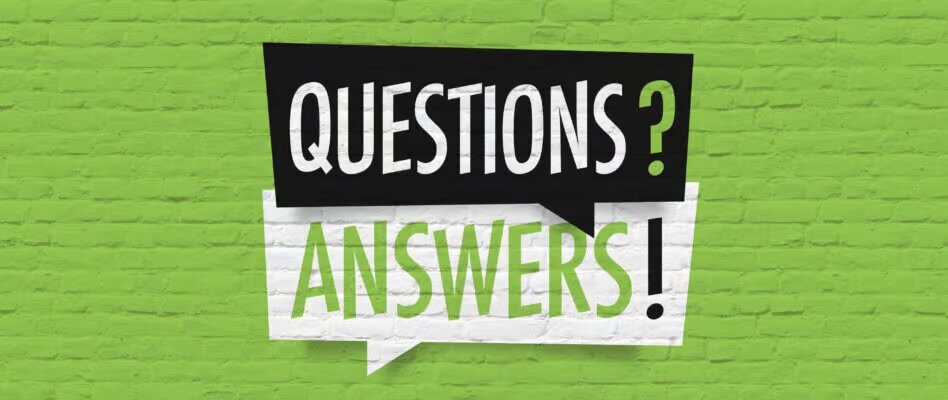
Here are some frequently asked questions about Jamaican music genres, along with the answers:
1. What are the main music genres that originated in Jamaica?
- Mento: A traditional Jamaican folk music blending African rhythms and European influences.
- Ska: A lively, upbeat style combining mento with jazz and R&B, characterized by offbeat rhythms.
- Rocksteady: A slower tempo genre that evolved from ska, emphasizing basslines and vocal harmonies.
- Reggae: Known for its relaxed rhythm, offbeat chords, and socially conscious lyrics.
- Dub: Instrumental remixes of reggae tracks featuring heavy bass, echo, and reverb effects.
- Dancehall: A high-energy evolution of reggae that embraced digital beats in the mid-1980s.
2. What is the difference between ska and rocksteady?
Ska, originating in the late 1950s, is characterized by a fast tempo and offbeat rhythms. Rocksteady, which emerged around 1966, features a slower tempo and emphasizes bass and vocal harmonies. Rocksteady served as a bridge between ska and reggae.
3. Who are some notable artists in Jamaican music genres?
Prominent artists include:
- Mento: The Jolly Boys, Lord Flea.
- Ska: The Skatalites, Prince Buster, Desmond Dekker
- Rocksteady: Alton Ellis, The Paragons, The Techniques
- Reggae: Bob Marley, Peter Tosh, Jimmy Cliff, Chronixx
- Dub: King Tubby, Lee “Scratch” Perry, Augustus Pablo.
- Dancehall: Yellowman, Shabba Ranks, Beenie Man
4. How has Jamaican music influenced global music?
Jamaican music has significantly impacted global music by:
- Influencing genres like hip-hop, punk, and electronic music.
- Introducing remix culture through dub music.
- Inspiring artists worldwide with its rhythms and themes.
5. How did rocksteady influence reggae?
Rocksteady is a Jamaican music genre that emerged around 1966, serving as a bridge between ska and reggae. Characterized by a slower tempo than ska, rocksteady emphasizes
6. What instruments are commonly used in Jamaican music genres?
Jamaican music often features instruments like the guitar, bass, drums, keyboards, horns (trumpet, saxophone), and unique instruments such as the rhumba box (mento) and dub-specific mixing equipment.
7. How has Jamaican dancehall evolved over time?
Dancehall began as a stripped-down form of reggae in the 1970s and became more digitalized in the 1980s with “ragga.” It later influenced global genres like reggaeton and continues to evolve with modern artists blending it with pop and hip-hop.
8. What is the difference between reggae and dub?
Reggae focuses on vocal and instrumental harmony, while dub is a remix-based subgenre of reggae, emphasizing instrumental tracks with heavy bass, echo, and reverb effects.
9. Why is ska called ska?
The name “ska” is believed to come from the “skank” guitar strum sound that defines the genre’s rhythm, though the exact origin of the term is debated.
10. What is the relationship between ska, rocksteady, and reggae?
Ska evolved into rocksteady, which slowed down the tempo and emphasized basslines and vocals. Reggae then developed from rocksteady, adding socially conscious lyrics and a more distinct rhythm.
11. What makes mento different from calypso?
Mento is Jamaica’s original folk music, often performed with acoustic instruments and humorous lyrics, while calypso originated in Trinidad and has a more polished, orchestral sound.
12. How did Jamaican music influence hip-hop?
Jamaican toasting (deejaying over beats) heavily influenced early hip-hop in New York, with pioneers like DJ Kool Herc introducing the concept of beat juggling and MCs hyping up the crowd.
13. What is the role of Rastafarian culture in reggae music?
Rastafarian culture plays a significant role in reggae, influencing its themes of spirituality, social justice, and resistance. Many reggae artists, including Bob Marley, incorporated Rastafarian beliefs and imagery into their music.
14. What’s the difference between dancehall and reggae?
Reggae is slower, with conscious themes and live instrumentation. Dancehall is faster, uses digital beats, and focuses on party vibes and street culture. Both originate from Jamaica but have distinct styles.
15. Has the clue ‘Music genre with Jamaican origins’ ever appeared in a crossword puzzle?”
Yes, the clue “Music genre with Jamaican origins” has appeared in The New York Times Crossword. For instance, on April 9, 2024, the answer was “SKA.” Similarly, the clue “Jamaican music genre” appeared on June 11, 2024, with the answer “REGGAE.” These clues highlight the influence of Jamaican music genres like ska and reggae in crossword puzzles.
16. Are there any modern reggae or dancehall festivals?
Yes, reggae festivals include Reggae Sumfest in Jamaica, while dancehall fans can enjoy events like Dream Weekend in Negril, Jamaica.
17. How can I experience authentic Jamaican music while visiting?
Attend live shows, visit local bars or clubs, explore street dances, and visit cultural sites like the Bob Marley Museum or Trench Town to understand more Jamaica’s musical heritage.
Jamaican Music Genres: Final Thoughts
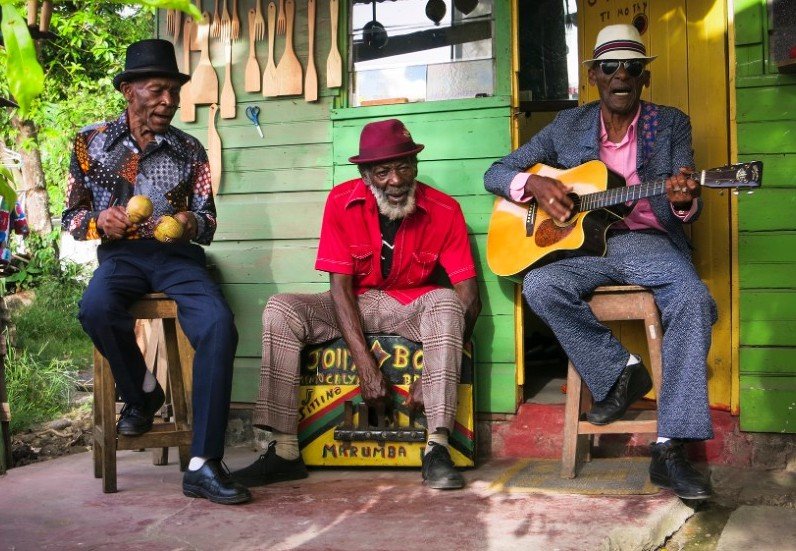
Jamaican music is more than just a collection of sounds—it’s the heartbeat of an island, a reflection of its people, and a gift to the world. Each genre, from the playful rhythms of mento to the socially conscious beats of reggae, tells a story of resilience, creativity, and cultural pride. These sounds have not only shaped Jamaica’s identity but have also crossed borders, influencing countless artists and genres around the globe.
Whether you’re tapping your feet to the lively offbeat of ska, swaying to the soulful melodies of rocksteady, or losing yourself in the high-energy vibes of dancehall, there’s something magical about the music that comes from this Caribbean paradise. Dub’s experimental echoes, reggae’s powerful messages, and dancehall’s bold rhythms continue to inspire generations, keeping Jamaican music alive and evolving.
As you explore Jamaican music genres, you’re not just listening to music; you’re connecting with a rich heritage and a vibrant culture. Jamaican music isn’t just for the ears—it’s an experience for the soul, a rhythm that speaks to the heart, and a reminder of the enduring power of music to unite, uplift, and celebrate life.
Whether you’re a lifelong fan or just beginning to explore Jamaican music genres, you’ll find that Jamaica’s music leave a lasting impression—just like the island itself.
One love! 🇯🇲
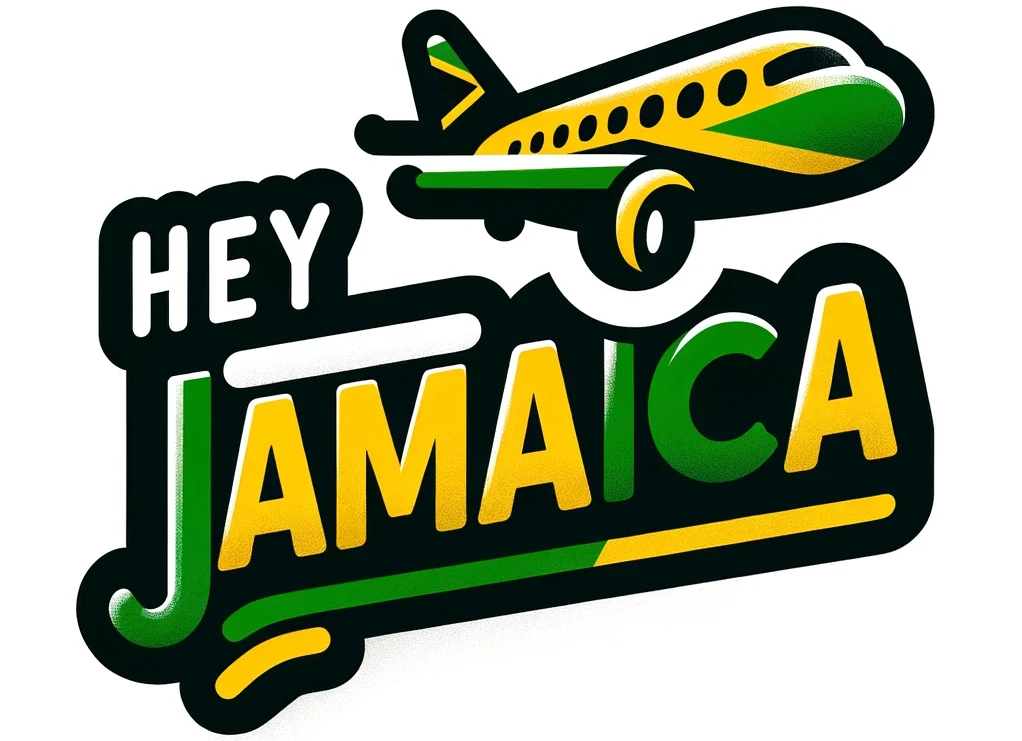

![Jamaica Carnival [2025] – Everything You Need To Know](https://www.heyjamaica.com/wp-content/uploads/2024/09/Carnival--768x512.png)
![Green Grotto Caves, Jamaica [2025]: Everything You Need to Know](https://www.heyjamaica.com/wp-content/uploads/2024/08/Green-Grotto-Caves-Jamaica-768x512.jpg)


